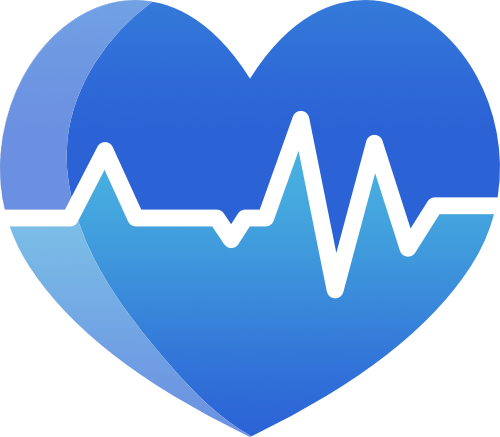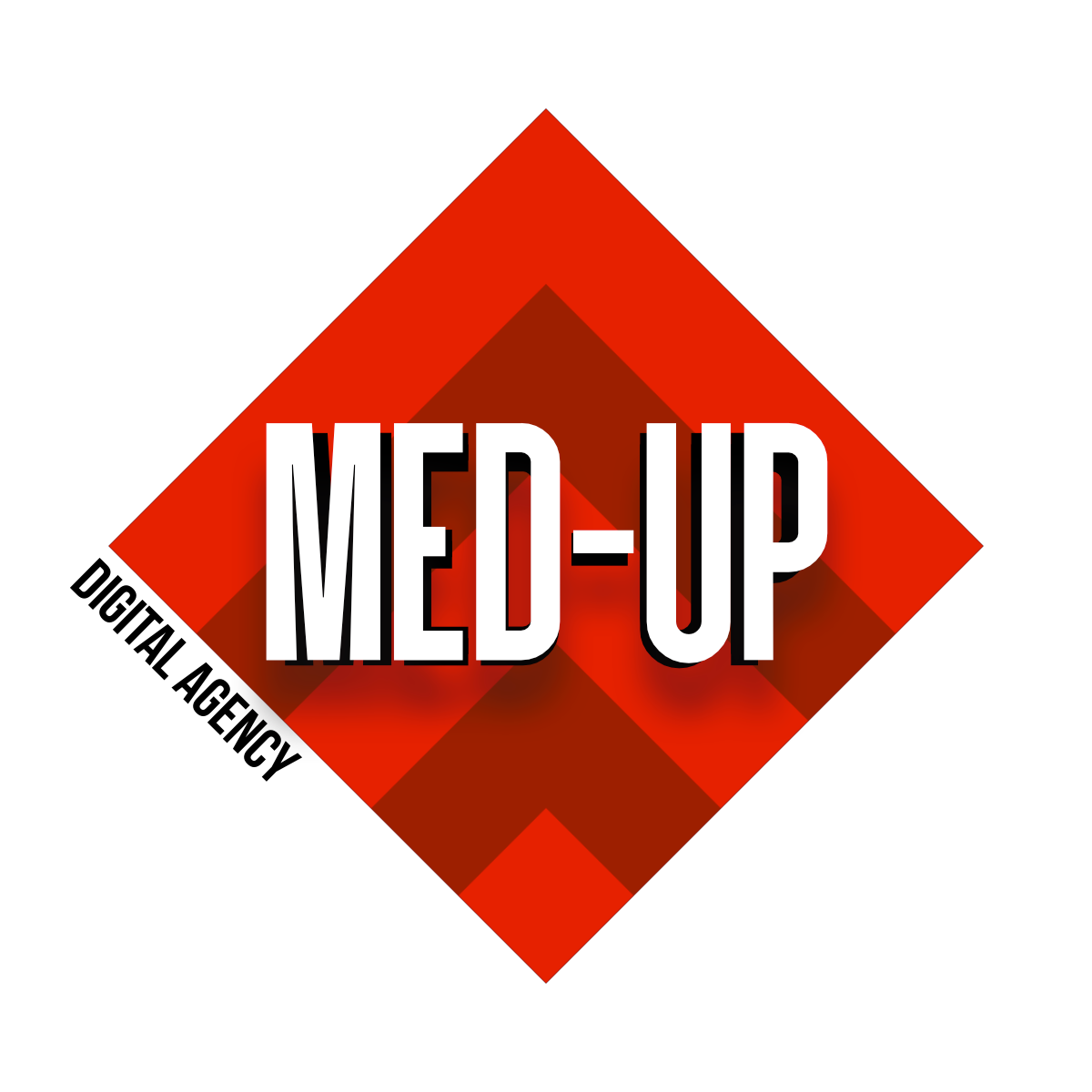Ischemic Heart Disease (IHD)
Treatment and Prevention
Treatment and Prevention
Ischemic Heart Disease (IHD)
Pathology of the heart muscle caused by impaired blood flow in its arteries. It can be both acute and chronic. The disease is diagnosed based on patient complaints and laboratory test results.
Ischemia of the heart muscle occurs when its need for oxygen exceeds the blood flow's ability to supply it. In the absence of pathologies, the coronary arteries have a reserve capacity to increase systolic blood flow up to five times, thereby fully supplying the heart with oxygen. In some cases, oxygen supply may not meet the muscle's demands. Impaired blood circulation and reduced oxygen supply to the heart due to the pathological narrowing of the vessel lumen cause ischemia in 95% of cases.
A significant role in the etiology of the disease is played by reduced blood circulation quality and changes in its hematological properties (worsening fluidity). The formation of a clot (thrombosis) can provoke complete or partial blockage of the vessel, especially if a spasm occurs.
In the remaining 5% of cases, congenital defects in the branching of the coronary arteries formed during fetal development are the cause of IHD. This includes Marfan syndrome, Ehlers-Danlos syndrome, cardiac vasculitis associated with systemic connective tissue pathology, Hurler syndrome, infectious endocarditis, Kawasaki disease, overdose of vasoconstrictive medications, some narcotic substances, syphilitic mesaortitis, and other diseases.
Controllable Causes of Ischemia
Uncontrollable Risk Factors
Effective management and prevention of IHD involve addressing controllable risk factors through lifestyle changes and medical interventions, while acknowledging and monitoring uncontrollable risk factors.
Pathology of the heart muscle caused by impaired blood flow in its arteries. It can be both acute and chronic. The disease is diagnosed based on patient complaints and laboratory test results.
Etiology of Ischemic Heart Disease
Ischemia of the heart muscle occurs when its need for oxygen exceeds the blood flow's ability to supply it. In the absence of pathologies, the coronary arteries have a reserve capacity to increase systolic blood flow up to five times, thereby fully supplying the heart with oxygen. In some cases, oxygen supply may not meet the muscle's demands. Impaired blood circulation and reduced oxygen supply to the heart due to the pathological narrowing of the vessel lumen cause ischemia in 95% of cases.
A significant role in the etiology of the disease is played by reduced blood circulation quality and changes in its hematological properties (worsening fluidity). The formation of a clot (thrombosis) can provoke complete or partial blockage of the vessel, especially if a spasm occurs.
In the remaining 5% of cases, congenital defects in the branching of the coronary arteries formed during fetal development are the cause of IHD. This includes Marfan syndrome, Ehlers-Danlos syndrome, cardiac vasculitis associated with systemic connective tissue pathology, Hurler syndrome, infectious endocarditis, Kawasaki disease, overdose of vasoconstrictive medications, some narcotic substances, syphilitic mesaortitis, and other diseases.
Controllable Causes of Ischemia
- Dyslipidemia: Abnormal amount of lipids in the blood.
- Hypertension: High blood pressure.
- Diabetes: Impaired glucose metabolism.
- Obesity: Excessive body weight.
- Physical Inactivity: Lack of physical exercise.
- Stress and Smoking: Lifestyle factors contributing to the disease.
Uncontrollable Risk Factors
- Gender: Male sex.
- Heredity: Family history of myocardial infarctions or ischemic strokes.
- Age: Increasing age.
Effective management and prevention of IHD involve addressing controllable risk factors through lifestyle changes and medical interventions, while acknowledging and monitoring uncontrollable risk factors.
Schedule a Consultation
Classification of Pathology
I. Acute Myocardial Infarction
1. By Development Stage:
- Progressive: 0 to 6 hours
- Acute: 6 hours to 7 days
- Prolonged (scarring stage): 7 to 28 days
- Scarred: from the 29th day
2. By Type of Damage:
Transmural (whole heart muscle tissue atrophy)
Q-forming (Q-wave detected on ECG)
Non-Q-forming
3. By Location:
- Anterior
- Inferior
- Myocardial infarction of a specific (definite) localization
- Myocardial infarction of an undefined localization
4. By Presence or Absence of ST-Segment Elevation on ECG:
- Myocardial infarction with ST-segment elevation on ECG
- Myocardial infarction without ST-segment elevation on ECG
II. Unstable Angina (period of ischemic disease threatening to develop into myocardial infarction)
- Newly Onset Angina
- Worsening Angina
- Variant Angina (Prinzmetal's Angina)
III. Chronic Ischemia
- Angina Attacks of Functional Class I-IV
- Previous Myocardial Infarction
Symptoms of Ischemic Heart Disease
Ischemic heart disease can have a benign course for many years. The onset of the disease is often linked to the progressive development of atherosclerosis in the heart vessels.
The most common form of this pathology is angina pectoris attacks, where patients experience squeezing or pressing pain in the chest. The pain can radiate to the left arm, back, neck, and lower jaw, and it is rarely localized under the xiphoid process. The duration of pain ranges from 2 to 20 minutes, often lasting about five minutes. The onset of an attack may be triggered by physical exertion or significant emotional stress. The pain subsides after stopping the physical activity or within three minutes of taking nitroglycerin.
As the pathology progresses, even minimal physical activity can trigger another angina attack. Eventually, attacks may occur even at rest. Some individuals might experience pain while lying down due to increased blood supply to the heart muscle.
It is important to note that pain from other conditions (neuralgia, epigastric pain, cholecystitis, etc.) can exacerbate and complicate the diagnosis of angina.
Myocardial infarction occurs when blood flow in the coronary vessels is disrupted, leading to the formation of a necrotic tissue focus. Infarction, from Latin, means "to stuff" or "to fill up." It refers to tissue atrophy of any organ due to acute deterioration of its blood supply.
Pain from a myocardial infarction significantly exceeds that of a classic angina attack in both duration and intensity. This pain is not relieved by nitroglycerin and can last from an hour to several days. In some cases, myocardial infarction is accompanied by weakness, impaired coordination, headache, dyspeptic symptoms, and fainting. The patient may appear pale, sweaty, and have cyanotic lips.
Diagnosis of Ischemic Heart Disease
The diagnosis of ischemic heart disease is made based on patient complaints, assessment of the disease course, and a combination of laboratory and instrumental examinations.
To establish a diagnosis of ischemic heart disease, the following information is typically gathered from patients:
- Smoking history, both past and current.
- Family history: any cardiovascular diseases in relatives, including cases of fatal outcomes due to ischemic disease in parents, siblings, and blood relatives.
- Previous medical consultations and examinations, including past cardiograms and laboratory test results.
- Coexisting conditions to assess possible risks.
- Current medications.
During the initial consultation, patients suspected of having ischemic heart disease are advised to undergo blood tests, including a complete blood count, leukocyte formula analysis, and a microscopic smear examination to determine ESR (erythrocyte sedimentation rate) levels.


SCHEDULE AN APPOINTMENT
Call us to schedule an appointment.
Mon-Fri 08:00 - 21:00,
Sat 09:00 - 20:00, Sun 09:00 - 18:00
Sat 09:00 - 20:00, Sun 09:00 - 18:00

CONTACTS
Rudenko Boris Alexandrovich
Consults at the Scandinavian Health Center - a multidisciplinary medical center
www.scz.ru
Moscow, 2nd Kabelnaya Street, 2, buildings 25, 26, and 37
+7 (495) 103-99-50
Mon-Fri 08:00 - 20:00,
Sat 09:00 - 15:00, Sun – Closed
Consults at the Scandinavian Health Center - a multidisciplinary medical center
www.scz.ru
Moscow, 2nd Kabelnaya Street, 2, buildings 25, 26, and 37
+7 (495) 103-99-50
Mon-Fri 08:00 - 20:00,
Sat 09:00 - 15:00, Sun – Closed
© 2024 All rights reserved.
All photos and texts are intellectual property and may be used/copied only with the author's credit and an active link to this website.
This website is for informational purposes only and under no circumstances constitutes a public offer as defined by Part 2 of Article 437 of the Civil Code of the Russian Federation.
All photos and texts are intellectual property and may be used/copied only with the author's credit and an active link to this website.
This website is for informational purposes only and under no circumstances constitutes a public offer as defined by Part 2 of Article 437 of the Civil Code of the Russian Federation.



